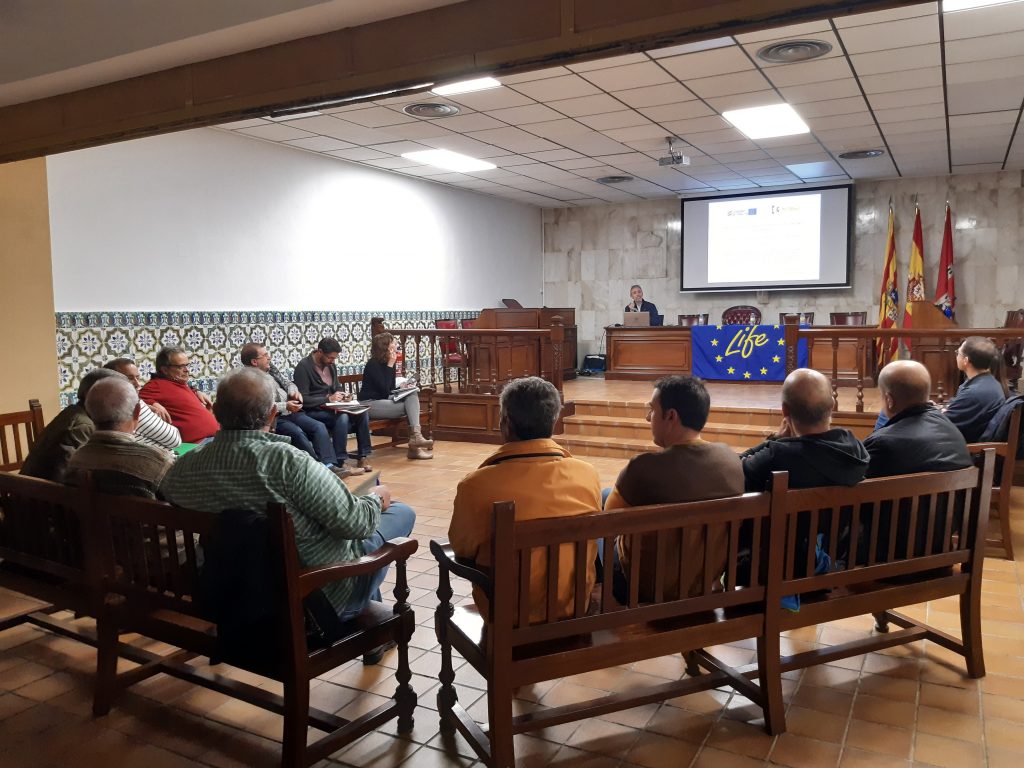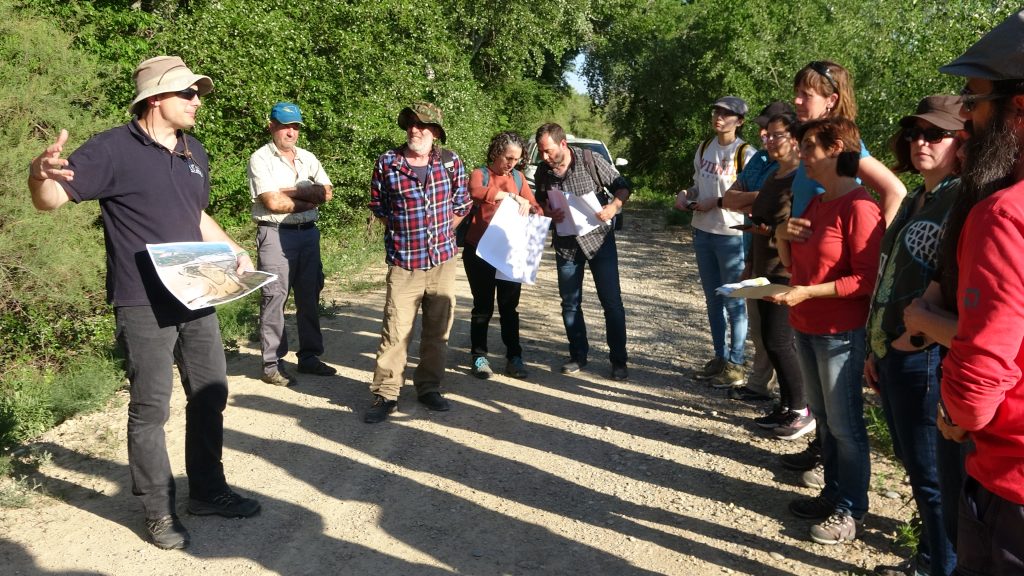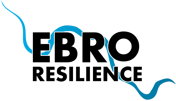New informative action of the Project’s actions. On May 27th, LIFE Ebro Resilience P1 and the Comunidad de Regantes de la Huerta del Ebro organized a public conference to present the actions for adaptation to flooding of agricultural areas in the Osera de Ebro and Fuentes de Ebro (Zaragoza) section. The mayors of Fuentes de Ebro, Osera de Ebro, Quinto and Pina de Ebro attended this session, which included technical explanations and information on the public participation process that is being developed.
The projected intervention, of which the attendees were informed, is 55% financed by the European Commission, through the LIFE Program, and the remaining 45% by the central (Ministry for Ecological Transition and Demographic Challenge, through the Ebro Hydrographic Confederation) and regional (Government of Aragon) administrations, part of the partners of this LIFE Project.
The adaptation will be carried out by implementing lateral flow buffer zones, an innovative proposal that involves compartmentalizing 350 ha of the Ebro huerta into areas that will be pre-flooded in a controlled manner during episodes of extraordinary flooding, generating water buffers that will minimize damage to farms and infrastructure when there is a generalized overflow.
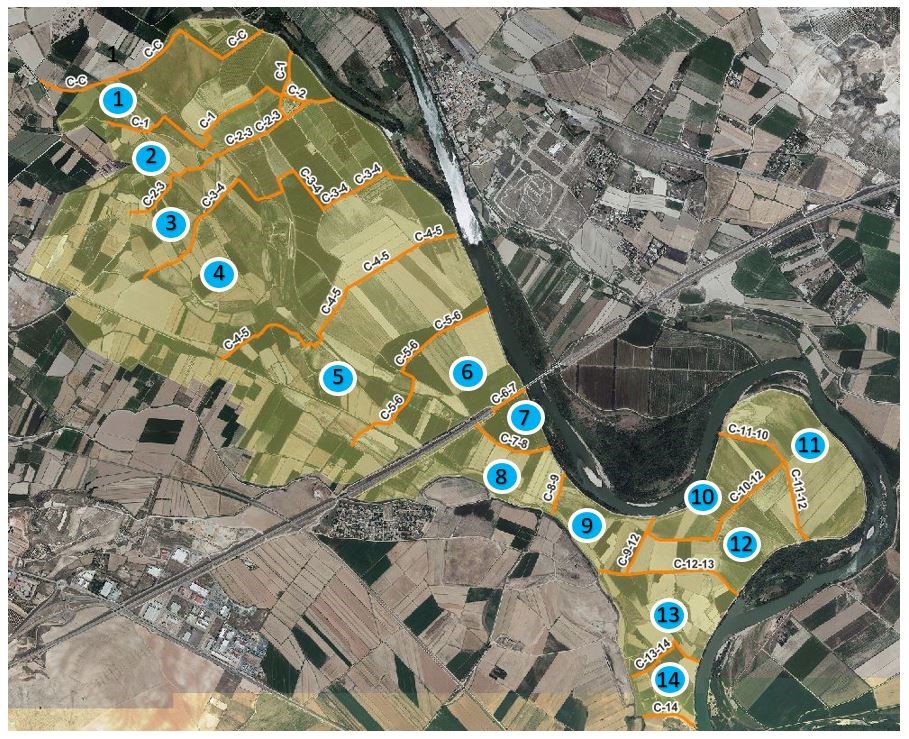
The overall intervention will also increase the capacity of the riverbed, delaying as much as possible overflowing onto the farms. This will be achieved by widening the channel in the two narrowest areas of the channelization, moving the current levees further away from the river. In addition, the irrigation system is being adapted to the passage of overflowing water by burying the main irrigation ditches and moving them to less vulnerable areas. The latter works are being carried out by the Government of Aragon and the rest will be carried out by the Ebro Hydrographic Confederation.
The ultimate objective of these actions is to ensure that, after an extraordinary flood event, normality is restored as quickly as possible and at the lowest possible cost.
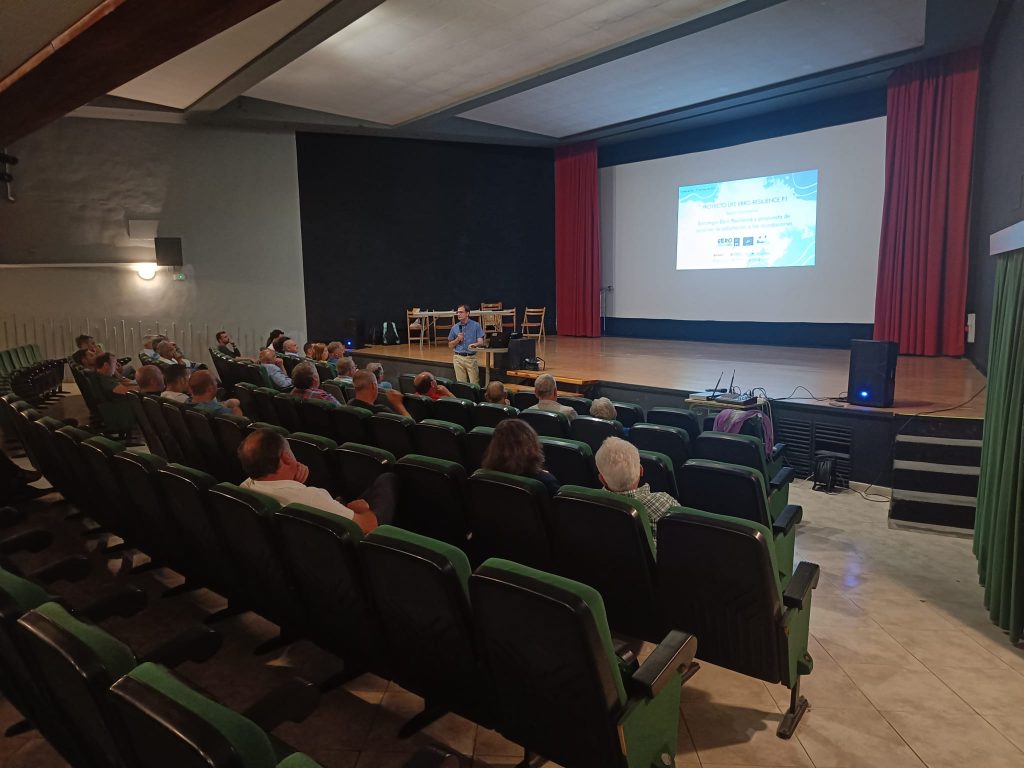
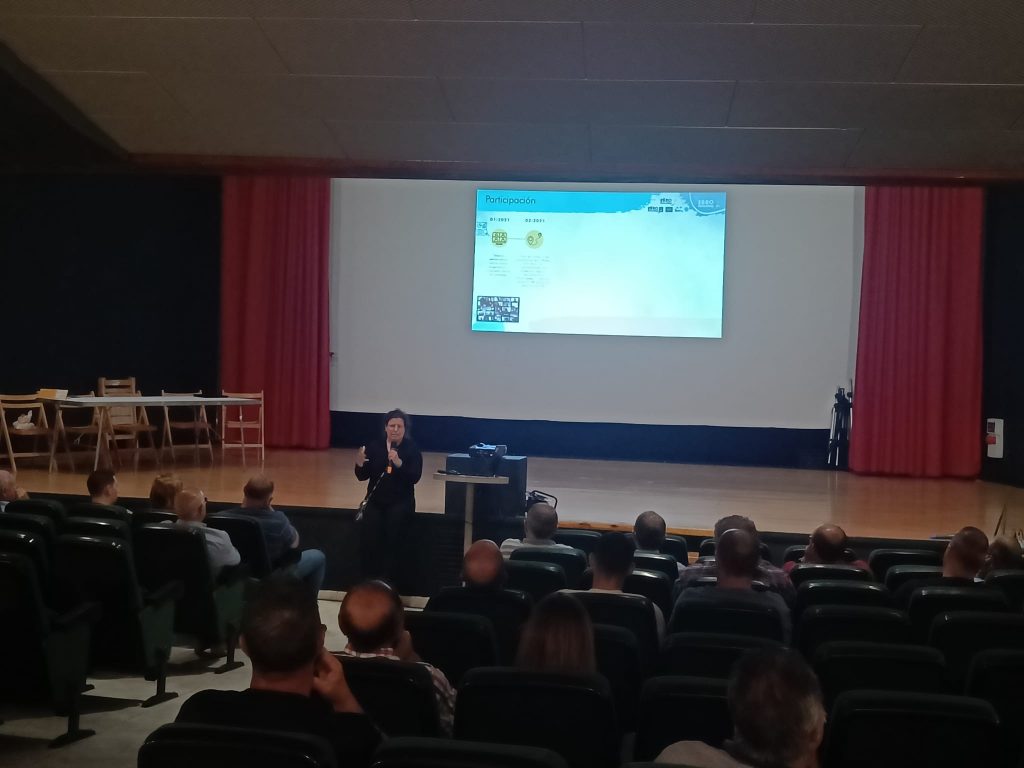
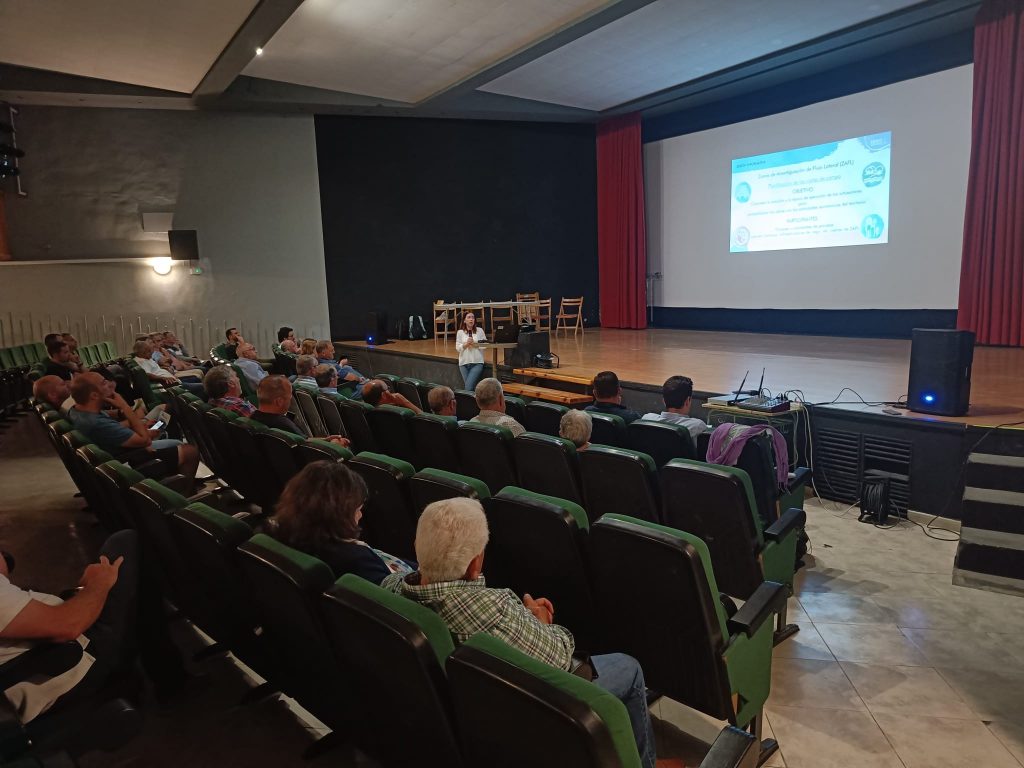
Public participation
The proposed action has been defined on the basis of a detailed technical study using the most advanced technology available at the time and with the participation of stakeholders in the territory.
The deliberative process started in 2021 and intensified at the end of 2022 with the creation of a stable participation group between technicians, municipal representatives and representatives of the Irrigation Community. In addition, other actions have been carried out such as field visits and guided tours with stakeholders and the general population.
During the month of June, visits to the area of action are planned in order to agree on the final design of the works with the owners of the properties in the intervention area.
